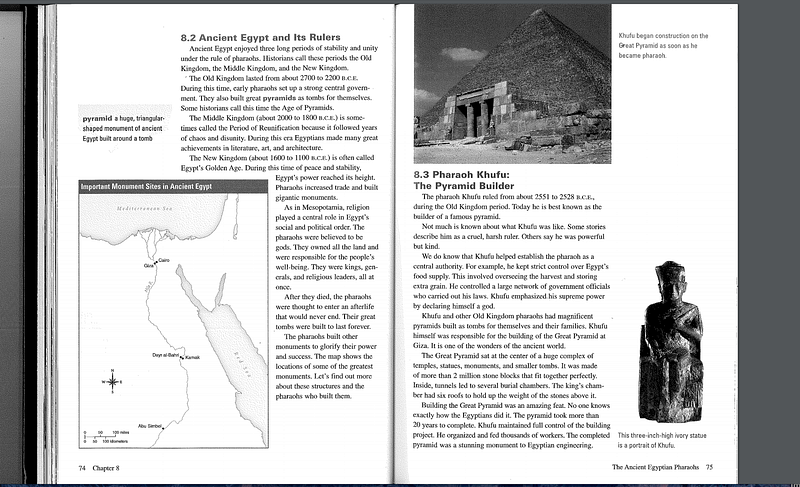by Jennifer Carolan

I stayed up way later than planned, laughing and at times crying my way through hundreds of videos from educators applying for a grant to bring Nearpod’s virtual reality into their classrooms. Although the submissions came from all over the U.S.- Pocahontas, Topeka, Syracuse, Alabama, Phoenix Day School for the Deaf — I was struck by their commonality. In video after video, teachers eloquently describe how VR technology inspires their students and expands their perspective. Their arguments are more compelling than the most persuasive of edtech zealots. In contrast to the rhetoric that casts teachers as the object of blame for our failing schools, I was touched by how deeply these teachers care about meeting the needs of their students, even when those needs are beyond the scope of what they are held accountable for.
All children benefit from new experiences which expand their mental map of the world, but the need is especially acute for children from low-income families. While they may have rich life experiences in their own communities, Harvard professor Robert Putnam in an NPR interview distilled his copious research: “The bottom line of all of the statistics […] is that poor kids are increasingly isolated.” Teachers understand this reality, which is why most of the 200+ video submissions came from schools with high numbers of children from low-income families.
One of the most promising applications of technology in our public schools is the use of technology to transcend the physical classroom and combat this growing isolation.
Contrary to popular belief, most edtech is not foisted upon our schools from above as it was in decades past, but rather, classroom teachers are pulling it in— especially by those whose students are increasingly left behind by a global economy that favors the connected, the computer literate and the experienced.
The word experience is derived from the latin “experientia” meaning to try, to test. Watch a toddler for five minutes to see that childhood is about trying and testing the world around us. It starts in the home as children explore their kitchen cabinets, testing which pots and pans make the loudest noise. As they grow older, children explore their neighborhoods and begin to try out new sports and activities. We know from Sean Reardon’s research that the richness and frequency of these experiences is correlated to a family’s income level. Children from affluent homes get many more chances to try new sports, to explore their interests at science or art camp, to travel beyond their community and importantly, to take more risk. Affluent families spend triple the amount of money on enrichment goods and services for their children.
Naysayers tweeting on social media will complain that a virtual reality field trip to Egypt is no substitute for strolling Cairo’s markets, smelling the spices or touching the Great Pyramids, and they are right. But right now, most children are learning about Egypt from an outdated and expensive textbook. There’s a world of difference between three lines of printed text on a page and virtual exploration of King Tut’s tomb. The potential to ignite curiosity and encourage discovery multiplies tenfold with a virtual reality field trip. These rich experiences become the fertile ground for teachers to nurture the learning that comes after.

Another tool in high demand is Nepris, which connects professionals to classrooms for real-time conversations. In the words of teacher Kelly Margot from Royse City, Texas (population 10,000):
I really think the great equalizer for equity with children is experiences. Experiences bridge that gap to give them opportunities to know what is out there. Yesterday, my students were able to talk to a brain expert in New York. Today, a student came in fired up about his next research idea over “Cures for Neurological Issues”. The expert told the kids what happens in the brain that causes autism. This kid wants to know what is being done to fix it.
Nepris is especially popular in rural areas where exposure to jobs is limited. For example, the Nepris platform enables a teacher in rural Arkansas to quickly connect her classroom to a computer science engineer in Waterloo Canada by posting a request on LinkedIn. The process is fast and frictionless.
While dreams and ambition are bountiful across socio-economic classes, experience and opportunity are not. New technologies like Nearpod and Nepris can begin to broaden our experiences and improve our connectedness. We can imagine a time in the not-to-distant future when technology will enable our children to walk in the shoes of a child with Down Syndrome or spend a day as a Muslim 9th grader. I don’t know how far off that future is but if we tread carefully forward, technology can be a powerful tool for educational equity.
Thank you to the Reach Team especially Chian Gong, Jen Wu, Diana Barthauer, & Shauntel Poulson for reviewing and providing feedback.

